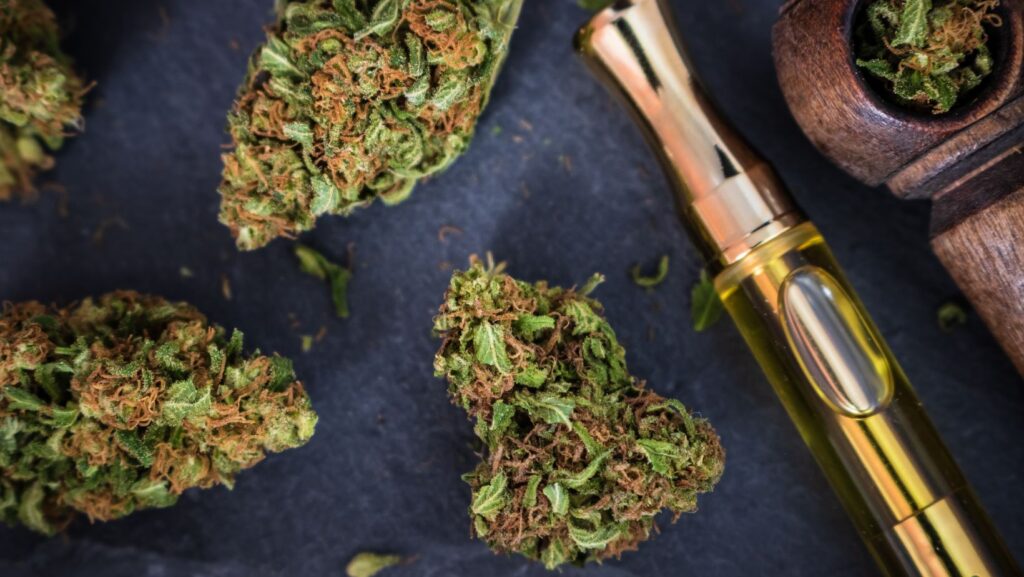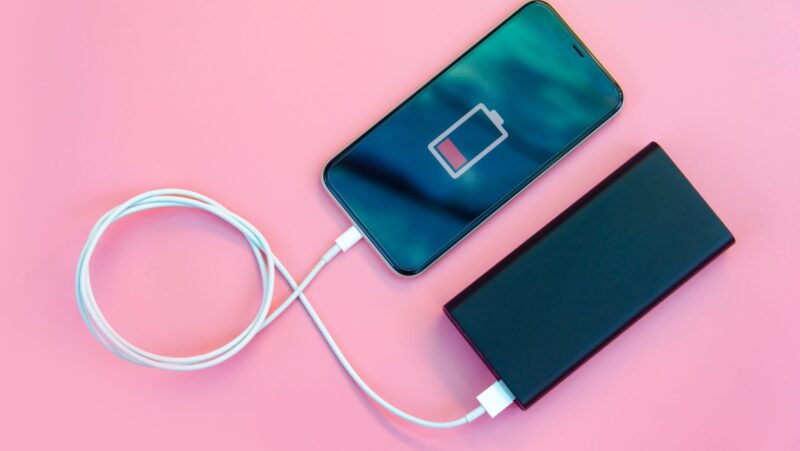
Cannabis has been a topic of conversation and study for centuries, with its various strains and compounds offering a wide range of effects. Among these compounds, THC, or tetrahydrocannabinol, stands out as the primary psychoactive ingredient responsible for the “high” that many associate with cannabis use. But what exactly does this high feel like, and how does THC interact with your body and mind to create these sensations? This article delves into the intricate details of the THC high, exploring the science behind it, the subjective experiences it induces, and the factors that influence its intensity and duration.
The Science Behind THC: How It Interacts with the Brain
To understand how THC gets you high, it’s essential to explore the science behind its interaction with the brain. THC is a cannabinoid, a type of chemical found naturally in the cannabis plant. When you consume cannabis, whether by smoking, vaping, or ingesting edibles, THC enters your bloodstream and makes its way to the brain. Here’s where the magic—or rather, the chemistry—happens.
Your brain has a complex network of receptors known as the endocannabinoid system (ECS). This system regulates various bodily functions, including mood, appetite, pain sensation, and memory. Within the ECS, there are two primary types of receptors: CB1 and CB2. THC primarily binds to CB1 receptors, which are abundant in brain areas and are responsible for pleasure, memory, thinking, concentration, movement, coordination, and sensory and time perception.
When THC binds to these CB1 receptors, it alters the normal communication between neurons.
This interaction disrupts the balance of neurotransmitters—chemical messengers in the brain—leading to the wide range of effects associated with a high THC. For instance, the release of dopamine, a neurotransmitter linked to pleasure and reward, increases, resulting in euphoria and relaxation. Simultaneously, THC’s impact on other neurotransmitters can influence your perception of time, heighten sensory experiences, and even affect your memory and cognitive functions.
The potency of the THC high can vary significantly based on several factors, including the method of consumption, the dose, and the individual’s unique biology. Inhalation methods like smoking or vaping deliver THC rapidly to the bloodstream, resulting in a quick onset of effects that peak within minutes. On the other hand, ingesting THC through edibles leads to a slower onset, as the compound must pass through the digestive system and liver before entering the bloodstream. This delayed absorption changes the timing and can affect the high’s intensity and duration.
Moreover, individual differences such as body weight, metabolism, and prior experience with cannabis play a significant role in how THC affects each person. For some, a small dose might produce a strong high, while others might require more to achieve the same effect. Understanding the science behind THC’s interaction with the brain provides valuable insights into the varied experiences people have when they get high.
The Subjective Experience: What the High Feels Like
While science provides a foundation for understanding how THC affects the brain, the actual experience of being high is deeply subjective and can vary widely from person to person. However, there are common elements that many users report, which help paint a picture of what the THC high feels like.
One of the most prevalent effects of THC is a sense of euphoria and happiness. Users often describe feeling uplifted, with a heightened sense of joy and well-being. This mood enhancement is one of the primary reasons people use cannabis recreationally. Alongside euphoria, relaxation is another key component of the THC high. This relaxation can manifest as a physical easing of muscles and a reduction in stress, making it a popular choice for unwinding after a long day.
Sensory perception is also significantly altered under the influence of THC. Colors may appear more vivid, sounds more resonant, and taste more intense. This heightened sensory awareness can make activities like listening to music, watching movies, or enjoying a meal more enjoyable and immersive. Some users report an enhanced appreciation for art and creativity, finding that THC helps them think outside the box and come up with new ideas.
Time perception is another aspect that can be distorted when high on THC. Minutes can feel like hours, and vice versa, leading to a sense of timelessness or a stretched-out experience of moments. This altered perception can be intriguing and disorienting, depending on the context and the individual’s mindset.
However, not all effects of THC are universally positive. Some users experience anxiety, paranoia, or heightened panic, especially at higher doses or in unfamiliar settings. These negative reactions are often called “bad trips” and can be distressing. The intensity of these feelings can be influenced by the individual’s tolerance, environment, and emotional state at the time of consumption.
Physical sensations also change during a high THC. Commonly reported effects include dry mouth (often called “cottonmouth”), red eyes, and increased appetite, known colloquially as the “munchies.” These physiological changes are generally harmless but can be uncomfortable for some users.
Memory and cognitive functions are other areas affected by THC. Short-term memory can become impaired, making remembering recent events or details harder. Concentration and attention can also be affected, which might be challenging for tasks that require focus and precision.
Overall, the subjective experience of a THC high is a blend of euphoria, relaxation, altered sensory perception, and changes in time and cognitive functions. While many find these effects enjoyable and beneficial, it’s important to approach THC consumption with awareness and moderation to minimize the risk of adverse experiences.
Factors Influencing the THC High: Dosage, Tolerance, and More
The intensity and duration of a high THC are influenced by a myriad of factors, making each experience unique. Understanding these factors can help users tailor their cannabis consumption to achieve their desired effects while minimizing unwanted side effects.
**Dosage** is perhaps the most critical factor in determining the nature of the THC high. A small dose might result in mild relaxation and a slight elevation in mood, while a higher dose can lead to intense euphoria, altered perceptions, and deeper relaxation. However, exceeding one’s tolerance can result in unpleasant effects like anxiety, paranoia, or extreme sedation. Beginners are advised to start with a low dose and gradually increase it as they become more accustomed to THC’s effects.
**Tolerance** plays a significant role in how THC affects an individual. Regular cannabis users often develop a higher tolerance, meaning they require larger doses to achieve the same effects they once experienced with smaller amounts. This can lead to a cycle where increasing amounts are needed to maintain the desired high, potentially escalating the risk of dependency and adverse effects. Taking tolerance breaks, where users abstain from cannabis for a period, can help reset their tolerance levels and restore the efficacy of THC.
**Method of Consumption** also impacts the THC high. Inhalation methods like smoking or vaping provide rapid onset of effects, typically within minutes, allowing users to quickly adjust their intake if needed. This immediacy can help prevent overconsumption, as users can feel the effects almost instantly and stop when they reach their desired level of high. In contrast, ingesting THC through edibles results in a slower onset, often taking 30 minutes to two hours to feel the effects. This delayed reaction can lead to accidental overconsumption if users consume more before the initial dose has taken effect.
**Individual Biology** affects how THC is processed in the body. Factors such as metabolism, body weight, age, and overall health can influence the intensity and duration of the high. For example, individuals with faster metabolisms may experience a quicker onset and shorter duration of effects, while those with slower metabolisms might feel the high more intensely and for a longer period.
**Strain and THC Content** are also crucial considerations. Different cannabis strains contain varying levels of THC and other cannabinoids, which can significantly affect the high. Strains with higher THC concentrations will produce stronger psychoactive effects, while those with lower THC levels might offer more subtle, relaxing experiences. Additionally, the presence of other cannabinoids like CBD can modulate the THC high, often reducing anxiety and promoting a more balanced experience.
**Set and Setting**—the user’s mindset and the environment in which they consume cannabis—can greatly influence the THC high. Being in a comfortable, safe, and familiar environment can enhance positive effects and reduce the likelihood of anxiety or paranoia. Conversely, consuming THC in a stressful or unfamiliar setting can amplify negative experiences. A positive mindset and a conducive environment is essential for a pleasant high.
**Frequency of Use** also impacts the experience. Occasional users may find THC to have more pronounced effects, while frequent users might require higher doses to achieve the same level of high due to built-up tolerance. Balancing usage frequency can help maintain the desired effects without escalating tolerance or dependency.
In summary, the THC high is a complex experience influenced by dosage, tolerance, method of consumption, individual biology, strain, THC content, set and setting, and frequency of use. By understanding and managing these factors, users can tailor their cannabis consumption to achieve the most satisfying and controlled high, enhancing their overall experience while minimizing the risk of unwanted side effects. Finally, if you need a more in-depth review of the question “does thca get you high?” then follow us to this article!












